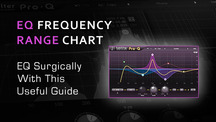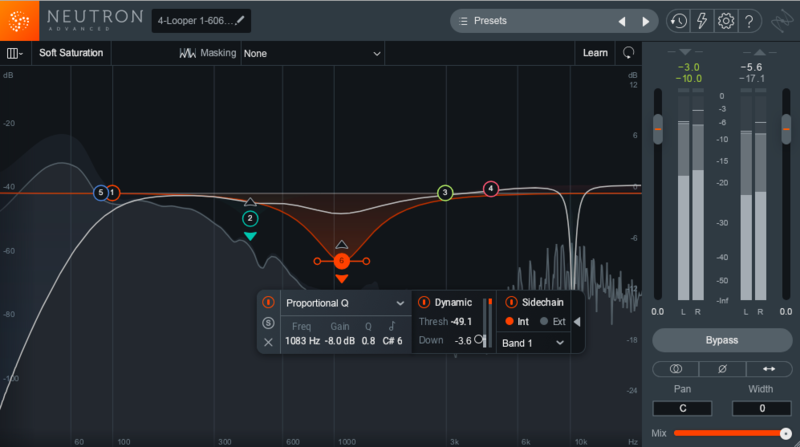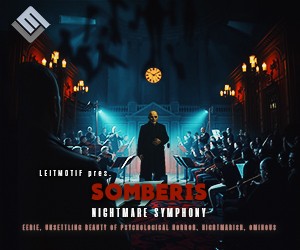Knowing your EQ ranges is essential to mastering your mixing and furthering your production know-how. So below is a useful EQ frequency chart and should help offer a rough guide to frequency ranges and EQ - making it easier to decide what frequencies to focus on in your mix when you are using EQ.
The article will help you find what frequencies to boost and cut on different instruments and sounds, and over time it will help you to train your ears.
Remember, this guide offers rules of thumb, but different instrument designs (both software, hardware and acoustic) will mean that everything has a slightly different sound. When you add in the fact that the instruments play different notes at different times, it makes these rules even less strict. At all times, use your ears for best results.
50Hz
– Increase to add more fullness to the lowest frequency instruments like kick, toms and bass drums.
– Reduce to decrease the "boom" of the bass. Increases overtones and the recognition of a bassline in the mix. This is most often used in loud basslines in rock.
100Hz
– Increase to add a harder bass sound to lowest frequency instruments.
– Increase to add fullness to guitars and snare.
– Increase to add warmth to piano and horns.
– Reduce to remove boom on guitars and increase clarity.
200Hz
– Increase to add fullness to vocals.
– Increase to add fullness to snare and guitar (harder sound).
– Reduce to decrease mudiness of vocals or mid-range instruments.
– Reduce to decrease gong sound of cymbals.
400Hz
– Increase to add clarity to basslines, especially when speakers are at low volume.
– Reduce to decrease "cardboard" sound of lower drums (foot and toms).
– Reduce to decrease ambience on cymbals.
800Hz
– Increase for clarity and punch of bass.
– Reduce to remove "cheap" sound of guitars.
1.5kHz
– Increase for clarity and pluck of bass.
– Reduce to remove dullness of guitars.
3kHz
– Increase for more pluck of bass.
– Increase for more attack of electric/acoustic guitar.
– Increase for more attack on low piano parts.
– Increase for maore clarity/hardness in voice.
– Reduce to increase breathy, soft sound of backing vocals.
– Reduce to disguise out of tune voice/guitar
5kHz
– Increase for vocal presence.
– Increase low frequency drum attack (foot/toms).
– Increase for more "finger sound" on bass.
– Increase attack of piano, acoustic guitar and brightness on guitars (especially rock guitars).
– Reduce to make background parts more distant.
– Reduce to soften "thin" guitars.
7kHz
– Increase to add attack on low frequency drums (more mettalic sound).
– Increase to add attack to percussion instruments.
– Increase on dull singer.
– Increase for more "finger sound" on acoustic bass.
– Reduce to decrease sibilance.
– Increase to add sharpness to synthesizers, rock guitars, acoustic guitar and piano.
10kHz
– Increase to brighten vocals.
– Increase for "light brightness" in acoustic guitar and piano.
– Increase for hardness on cymbals.
– Reduce to decrease sibalence.
15kHz
– Increase to brighten vocals (breath sound).
– Increase to brighten cymbals, string instruments and flutes.
– Increase to make sampled synthesizers sound more real.










